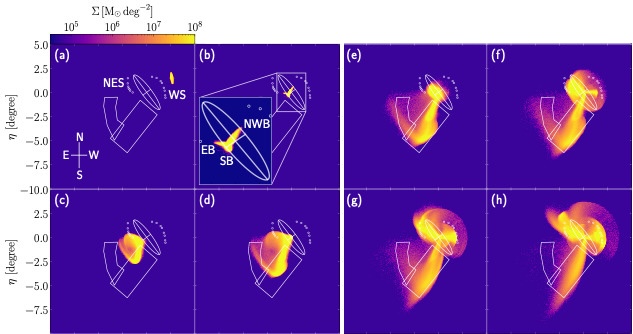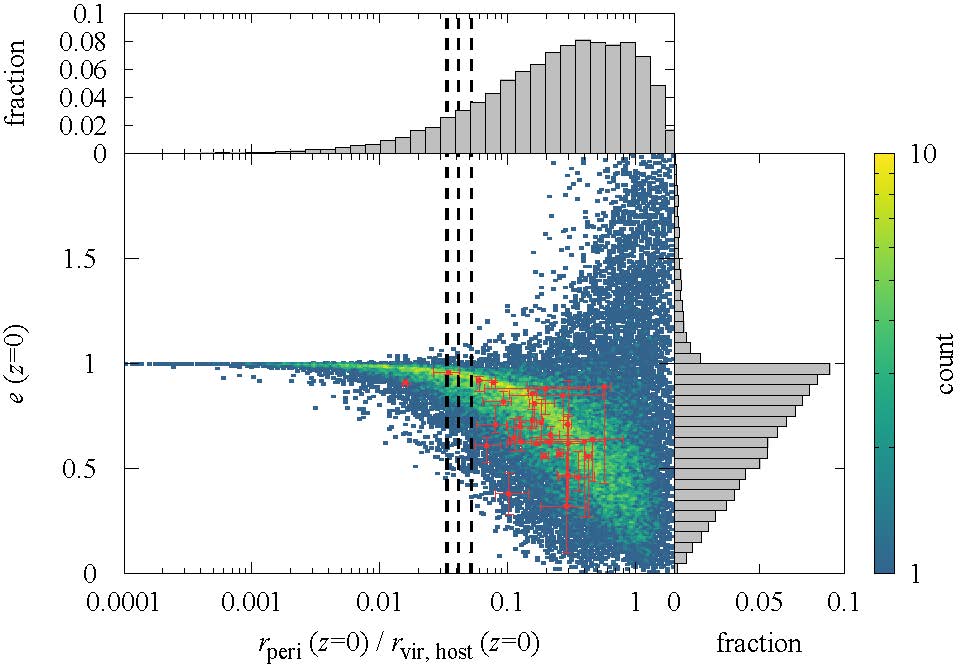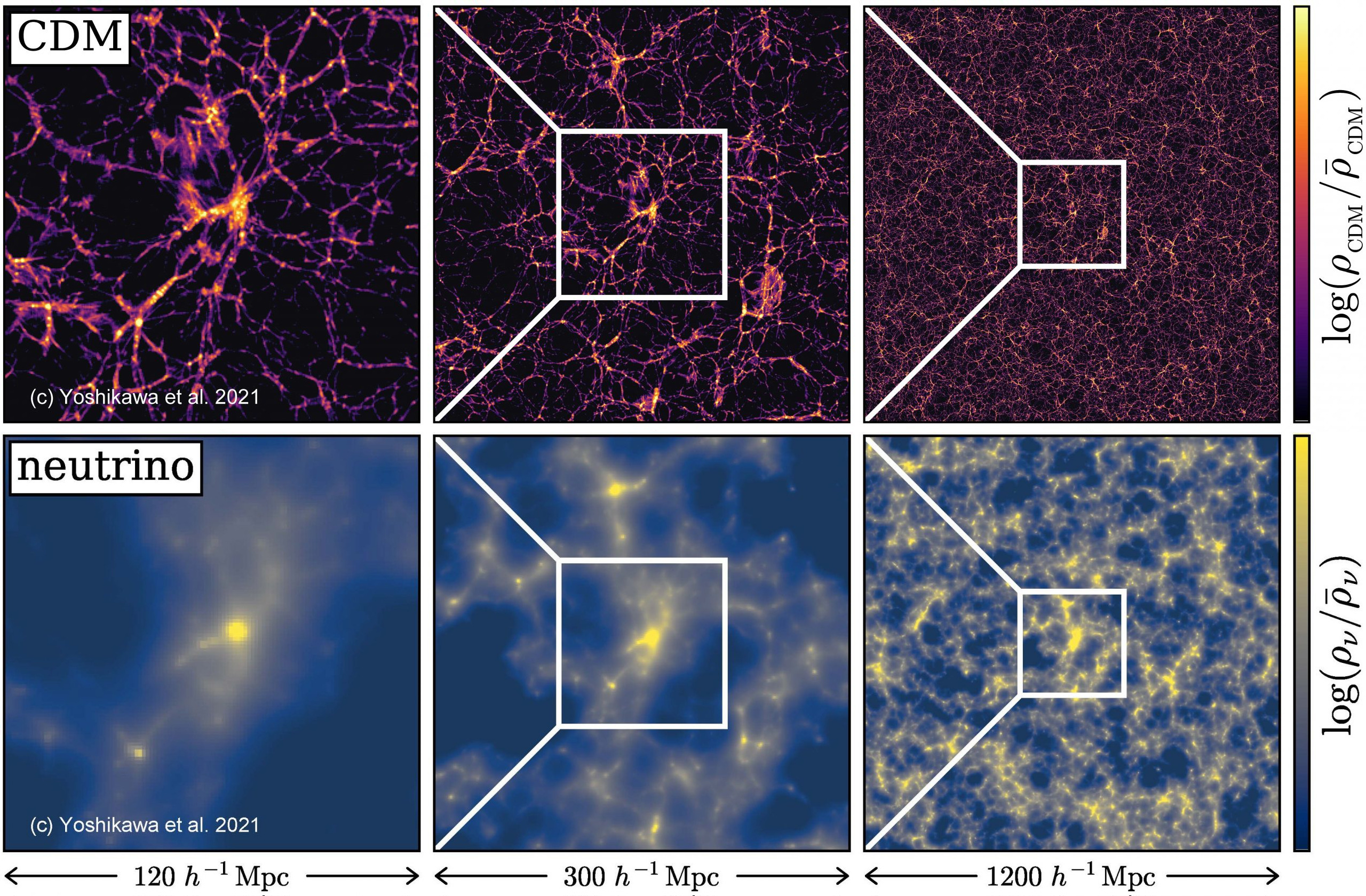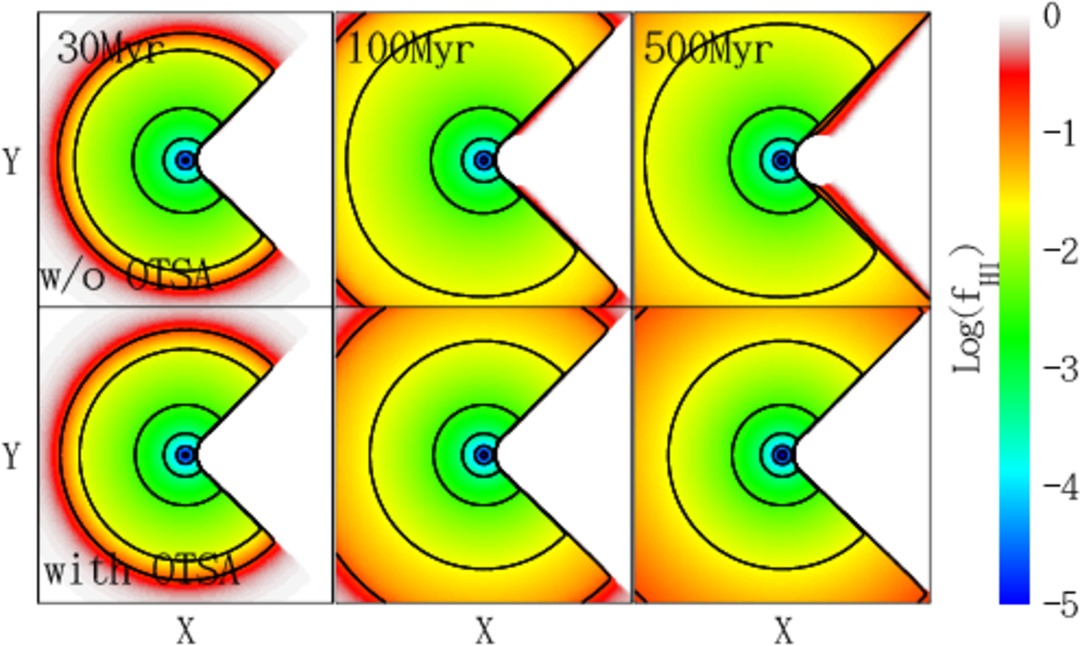Simultaneous Formation of the Andromeda Giant Southern Stream and the Substructures in the Andromeda Halo

The Cold Dark Matter (CDM) model, the current standard model of structure formation, suggests that larger galaxies formed hierarchically through the collisions and mergers of dwarf galaxies. Theory predicts that during this process, diffuse, faint structures consisting of stars, known as stellar streams (elongated stellar populations), emerge in the halo...


 和 英
和 英 





